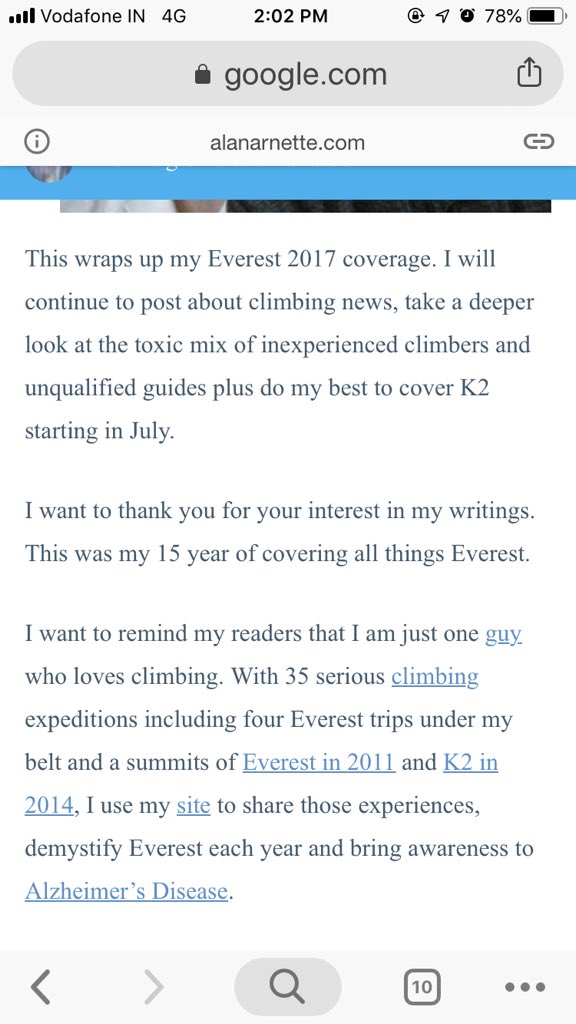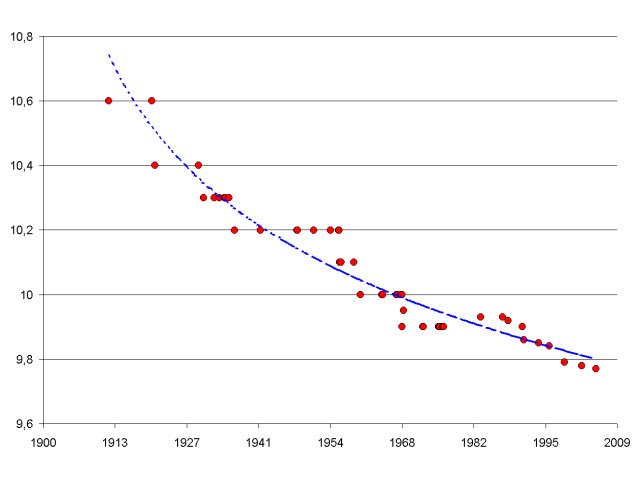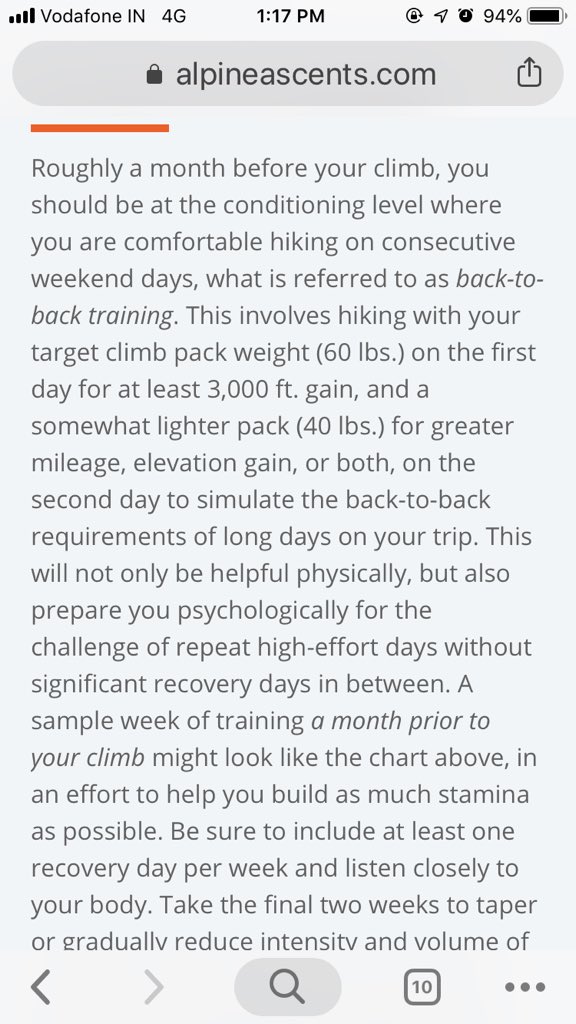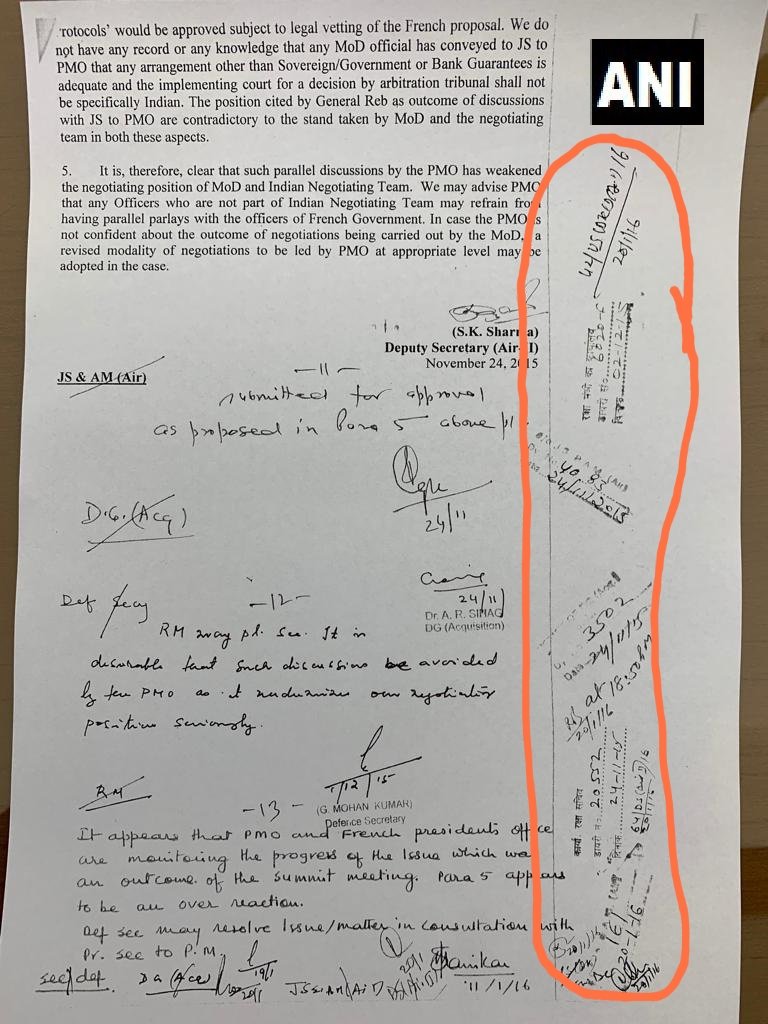Nepal otoh is relatively poor (1k per capita GDP) and collects upwards of $4M in revenues from permits alone.
Read more here: nationalgeographic.com/adventure/adve…
He's been reporting on Everest for 17 years now and has written on every topic you could conceivably have questions on.
alanarnette.com

Should we aspire to have higher standards of safety? Yes
Can this remain a safe, sustainable source of meaning and local investment? Yes
Is this any more irrational than the 100s of things people do for themselves?Not if you try to empathize
*End thread*





















































